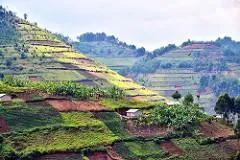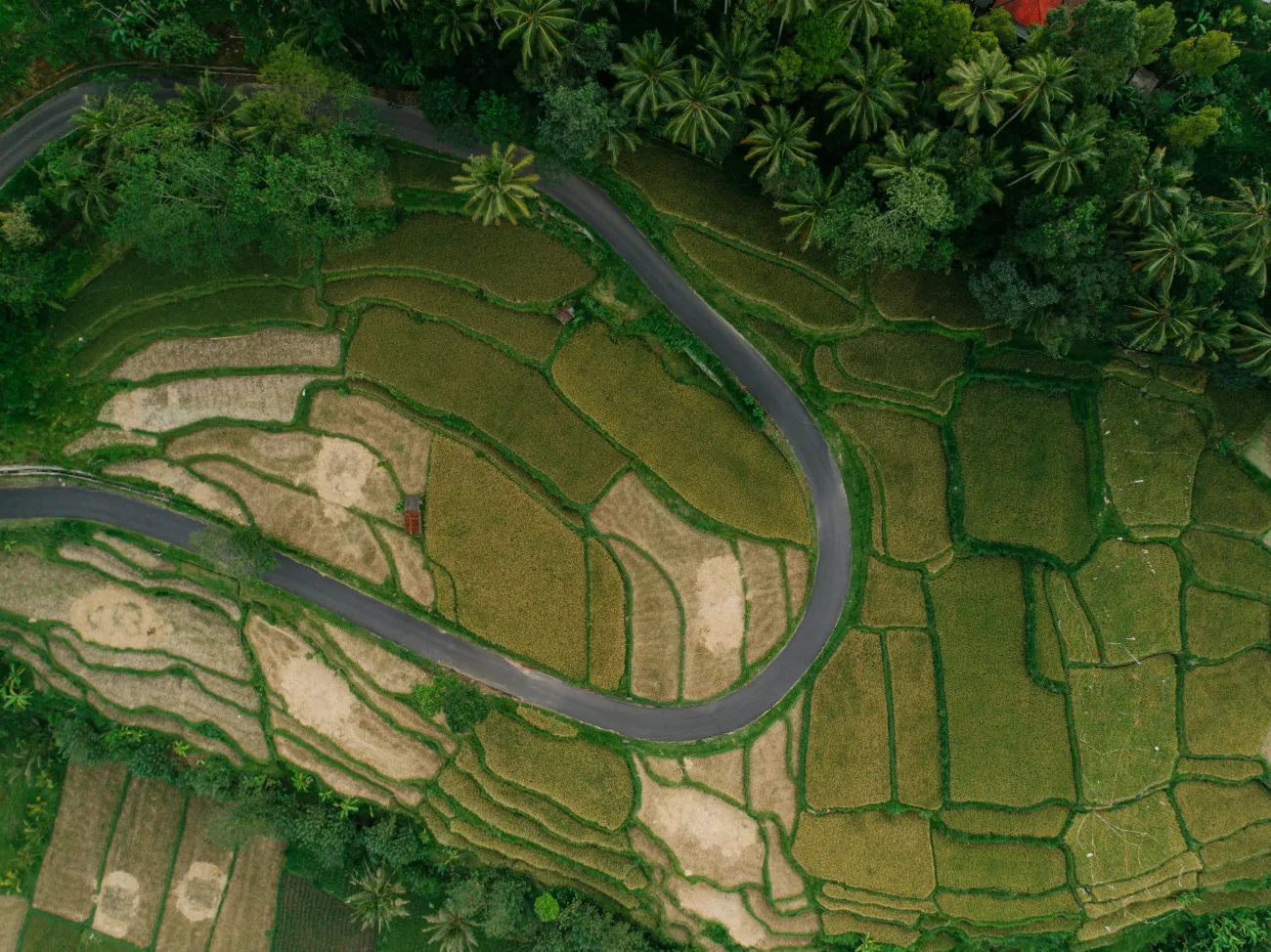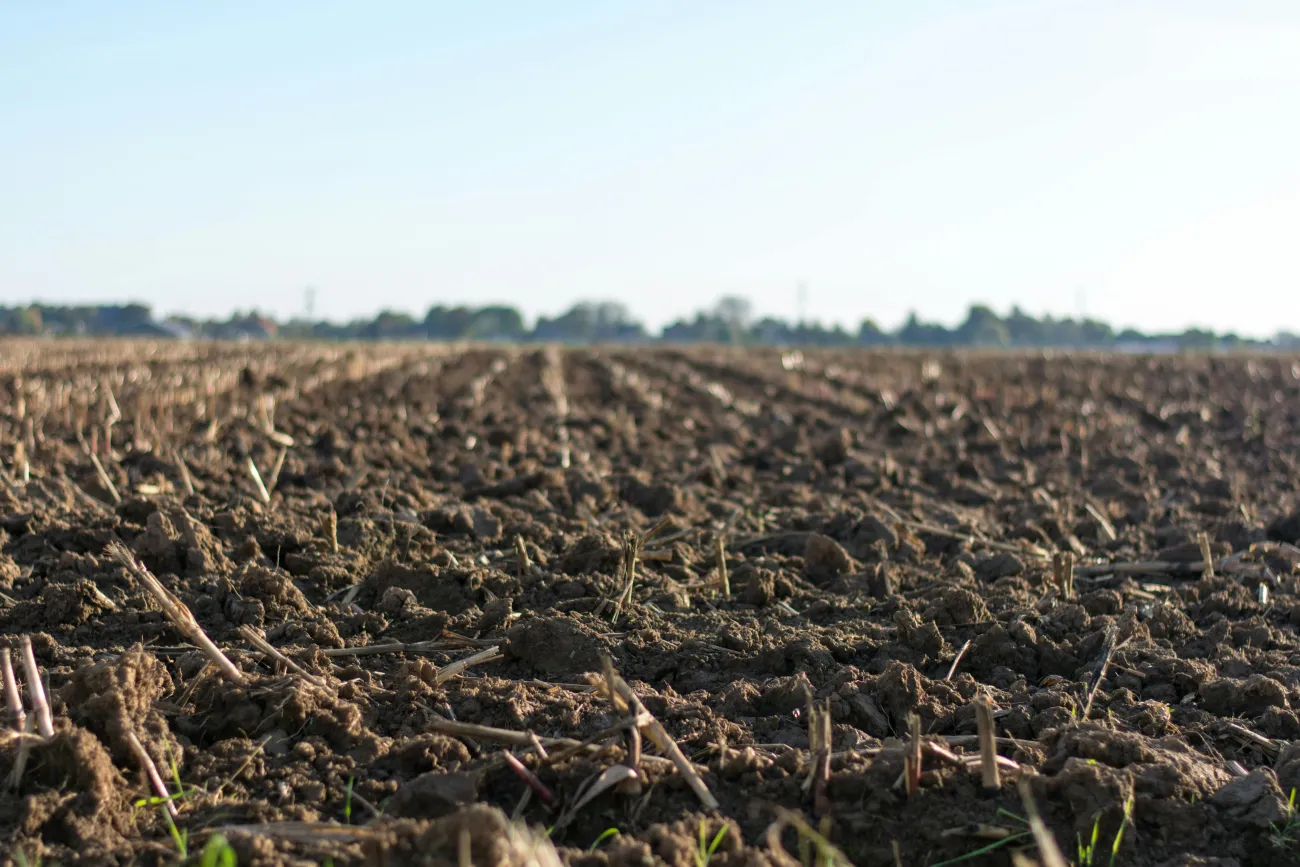In this paper, land change scenarios are modelled that include biodiversity protection or afforestation for carbon sequestration as an explicit demand which competes with demand for food and feed production.

The model includes a reference scenario which is driven by demands for crop production, ruminant livestock production, and space for settlements. This is then compared to two alternative scenarios which represent possible implementations of globally agreed policy targets on biodiversity and terrestrial carbon storage. The three scenarios are compared in terms of changes in tree and grassland area, as well as changes in cropland intensity and area.
The study finds that accounting for either a carbon storage or a biodiversity protection demand leads to increased agricultural intensification relative to the reference scenario of food production demands only, especially for biodiversity protection. The findings indicate that these sustainability demands are likely to lead to spatial segregation of more specialized land use patterns within regions, in the absence of further spatial planning or spatial targeting.
Abstract
Many global land change scenarios are driven by demand for food, feed, fiber, and fuel. However, novel demands for other ecosystem services give rise to nexus issues and can lead to different land system changes. In this paper we explore the effects of including multiple different demands in land change scenarios. Our reference scenario is driven by demands for crop production, ruminant livestock production, and provisioning of built-up area. We then compare two alternative scenarios with additional demands for terrestrial carbon storage and biodiversity protection, respectively. These scenarios represent possible implementations of globally agreed policy targets. The simulated land system change scenarios are compared in terms of changes in cropland intensity and area, as well as tree and grassland area changes. We find that the carbon and biodiversity scenarios generally result in greater intensification and less expansion of cropland, with the biodiversity scenario showing a stronger intensification effect. However, the impact of setting the targets impacts different world regions in different ways. Overall, both scenarios result in a larger tree area compared to the reference scenario, while the carbon scenario also yields more grassland area. The land systems simulated while accounting for these additional demand types show strong patterns of specialization and spatial segregation in the provisioning of goods and services in different world regions. Our results indicate the relevance of including demands for multiple different goods and services in global land change assessments.
Citation
Eitelberg, D. A., van Vliet, J., Doelman, J. C., Stehfest, E., & Verburg, P. H. (2016). Demand for biodiversity protection and carbon storage as drivers of global land change scenarios. Global Environmental Change, 40, 101-111.
Read the full paper here (paywall).
You can read related research by browsing the following categories of our research library: Biodiversity and ecosystems; Land; Climate change mitigation, and through the keyword categories: Ecosystems & ecosystem services; GHG impacts & mitigation; Land use and land use change.




Comments (0)